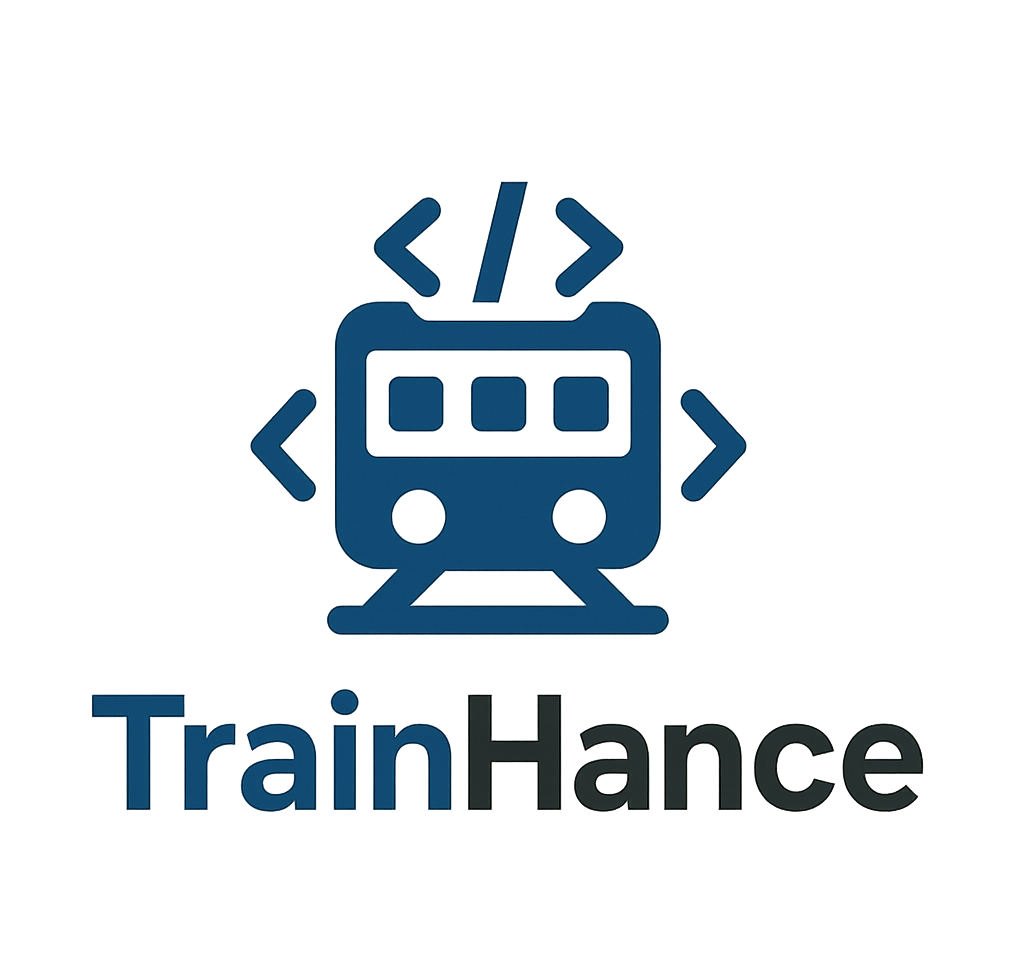Top 10 Banking Domain Interview Questions for IT Professionals
The banking sector is rapidly evolving, blending technology and finance to meet modern demands. IT professionals working in financial services must possess both technical acumen and domain knowledge to create solutions that drive operational efficiency and ensure compliance.
This blog focuses on the top 10 banking domain interview questions IT professionals face. With clear explanations and practical insights, these answers will help you prepare effectively for your next opportunity in the banking IT domain.
Table of Contents
- What is a Core Banking System?
- Explain Retail vs Corporate Banking in IT Terms
- How is Data Security Handled in Banking Apps?
- What is KYC and How is It Implemented Technically?
- How Do Banking Systems Handle High Concurrency?
- What is SWIFT and How is It Integrated?
- What is CBS (Core Banking Solution)?
- Common Banking Transaction Lifecycle
- Difference Between NEFT, RTGS, UPI in Backend
- BFSI Testing Scenarios in Real-World Projects
1. What is a Core Banking System?
A Core Banking System (CBS) is the central hub that manages banking operations across branches and digital networks.
Functions:
- Enables customers to access their accounts from any branch (online or offline).
- Manages deposits, loans, credit processing, and payments.
- Integrates with third-party services, including payment gateways and fraud detection systems.
Example:
A customer depositing money in New York can seamlessly withdraw from the same account in London, thanks to the centralized architecture of CBS.
Pro Tip: CBS benefits include 24/7 banking services, reduced human errors, and ease of compliance with regulations.
2. Explain Retail vs Corporate Banking in IT Terms
Retail Banking:
Focuses on individual customers offering:
- Savings accounts, personal loans, mortgages, and credit cards.
- IT systems here prioritize scalability for high-volume transactions and user-friendly customer interfaces.
Corporate Banking:
Caters to businesses offering:
- Trade finance, working capital loans, and treasury management.
- IT here prioritizes comprehensive dashboards, transaction security, and APIs for ERP integrations.
Key Difference: Retail involves customer-centric platforms, while corporate necessitates customized IT solutions for business workflows.
3. How is Data Security Handled in Banking Apps?
Data security is paramount in banking applications due to the sensitive nature of financial data.
Security Measures:
- Encryption: Protects data both in transit and at rest using protocols like AES-256.
- Authentication: Uses multi-factor authentication (MFA), biometric login, or OTPs for access control.
- Regulatory Compliance: Adheres to standards like GDPR, PCI DSS, and ISO 27001.
- Fraud Detection: Machine learning algorithms analyze patterns to prevent suspicious activities.
Example:
By encrypting customer PINs and account details, banks ensure unauthorized users cannot access sensitive data, even if intercepted.
4. What is KYC and How is It Implemented Technically?
KYC (Know Your Customer) is a process banks use to verify the identity of clients to prevent fraud and money laundering.
Key Components:
- Identity Proof: Uploading government-issued IDs like passports.
- Address Verification: Utility bills, credit history checks, or geolocation APIs for validation.
- Biometric Verification: Fingerprint or facial recognition for secure onboarding.
Technical Implementation:
- APIs: Connect with data aggregators that verify identity documents in real-time.
- OCR Technology: Extracts details from uploaded scans to autofill forms.
- Integration: Links with AML (Anti-Money Laundering) databases for compliance checks.
Pro Tip: Automating these processes using AI can significantly enhance efficiency and reduce onboarding time.
5. How Do Banking Systems Handle High Concurrency?
Concurrency occurs when thousands (or millions) of users access banking systems simultaneously.
Solutions:
- Load Balancers: Distribute traffic across multiple servers to avoid overload.
- Database Optimization: Uses connection pooling, indexing, and in-memory databases to scale queries efficiently.
- Microservices Architecture: Decouples services like transactions, payments, and notifications for parallel processing.
- Event-Driven Systems: Queues events asynchronously to manage peak loads without delaying operations.
Example:
On payday, banks handle high volumes of account debits using event-driven backends and dynamic scaling on cloud resources.
6. What is SWIFT and How is It Integrated?
SWIFT (Society for Worldwide Interbank Financial Telecommunication) is a secure messaging system enabling cross-border payments between financial institutions.
How It Works:
- Unique SWIFT Codes: Each bank is assigned a unique code to ensure accurate routing.
- Global Payment Routing: Sends payment instructions securely between two banks.
Integration:
Banks integrate SWIFT into their core applications using APIs to automate transactions.
Pro Tip: SWIFT messages follow ISO 20022 standards for consistent formatting.
7. What is CBS (Core Banking Solution)?
A Core Banking Solution (CBS) is the software infrastructure enabling a bank’s centralized operations.
Key Features:
- Real-Time Processing: Updates all channels (ATMs, mobile apps, branches) instantly.
- API Integrations: Connects with third-party ecosystems like fraud detection tools.
- Modularity: Customizable modules for specific banking operations, e.g., loans, deposits, or credit management.
Examples include TCS BaNCS, Oracle FLEXCUBE, and Infosys Finacle.
8. Common Banking Transaction Lifecycle
Lifecycle Stages:
- Initiation: Customer initiates a transaction (e.g., fund transfer).
- Validation: Verifies account details, balances, and payment limits.
- Processing: Amount is debited from the source account and credited to the destination.
- Settlement: Ensures final clearing between financial institutions.
- Notification: Sends a confirmation message to the customer.
IT systems monitor each stage for efficiency and compliance.
9. Difference Between NEFT, RTGS, UPI in Backend
NEFT (National Electronic Funds Transfer):
- Batch Processing: Processes payments in time slots.
- Use Case: Regular customer transactions without urgency.
RTGS (Real-Time Gross Settlement):
- Real-Time Processing: Handles high-value transfers instantaneously.
- Backend Complexity: Uses queue prioritization for immediate settlements.
UPI (Unified Payments Interface):
- Immediate Processing: API-driven architecture routes payments directly.
- Transactional Volume: Geared for high-frequency, low-value payments with minimal latency.
Pro Tip: UPI is heavily reliant on microservices and API gateways for scalability.
10. BFSI Testing Scenarios in Real-World Projects
Banking IT systems undergo rigorous testing to ensure robustness and compliance.
Key Scenarios:
- Functional Testing: Validates transactions, account creation, and loan approvals.
- Security Testing: Checks for compliance with data protection laws and encryption protocols.
- Performance Testing: Simulates high transaction volumes to identify bottlenecks.
- Regression Testing: Ensures upgrades or patches don’t create new bugs.
- Disaster Recovery Testing: Simulates scenarios for system recovery post-outage.
Pro Tip: BFSI testing often involves real-data simulation under sandbox environments to avoid exposing sensitive customer details.
FAQs
What is the average salary for IT professionals in the banking domain?
The average salary ranges from $80,000 to $120,000/year, depending on roles such as system architect, data engineer, or business analyst.
Why is concurrency crucial in banking systems?
Concurrency ensures seamless operations during peak transaction times, such as salary disbursement or large fund transfers, preventing failures or delays.
Which programming skills are needed for banking IT roles?
Common skills include Java, Python, SQL, knowledge of cloud platforms (AWS/Azure), and familiarity with APIs.
Summary
The convergence of IT and banking creates exceptional opportunities for innovation and career growth. Topics like core banking systems, KYC implementation, concurrency handling, and BFSI testing illustrate the complexity IT professionals must manage to support the banking industry.
By mastering these technical and domain-specific concepts, you’ll be well-equipped to excel in interviews and drive success in your next banking IT role. Continue exploring banking IT tools and case studies to deepen your expertise!




